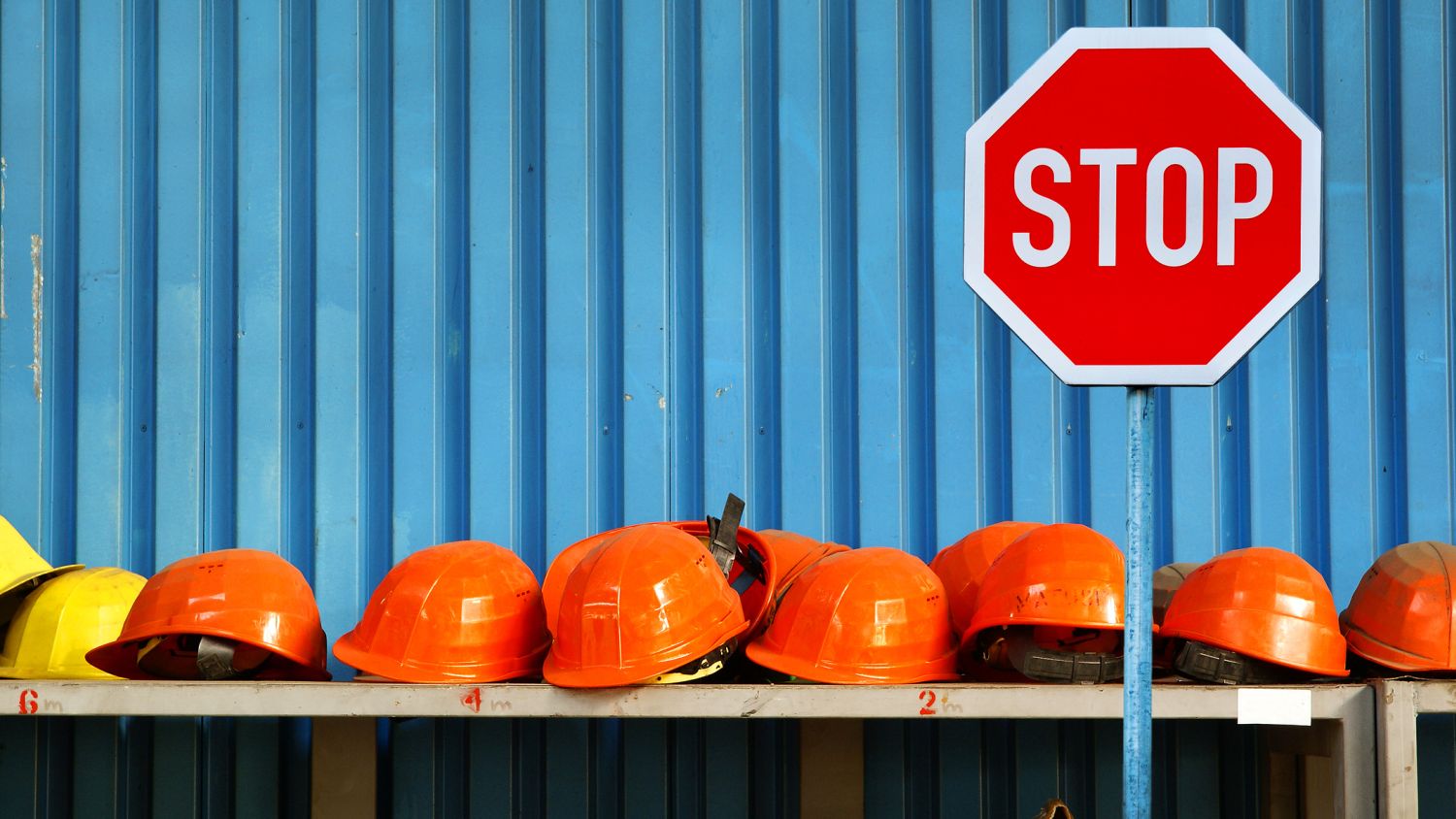
Charlotte Smith discusses some of the legalities construction businesses need to be aware of when faced with industrial action.
What is industrial action?
Industrial action presents significant business risk for employers with unionised workforces, including those within the construction industry. Strikes cause severe disruption to business operations and can have a knock-on effect on supply chains. Employee relations issues can also expose the business to negative publicity.
There are currently a number of issues within the construction industry, including a skills shortage following Brexit; supply chain issues resulting from industrial action in other industries, such as transport; the soaring cost of energy, in part caused by the war in Ukraine; and record inflation.
These pressures are increasing the costs for construction businesses, and the strain on construction workers.
Within this context, decisions taken by employers relating to pay, changes to contract terms and redundancies have come under more scrutiny. Employers are seeing increasing levels of challenge (even where generous pay rises are proposed) with unions supporting action from their members.
Recent industrial action is about pay and working conditions. However, many workers within the construction industry are self-employed and therefore tend to be outside of collective bargaining agreements. Data from Hudson Contract, the construction industry’s largest payroll for self-employed constructors, shows average weekly earnings up 1.7% in April on the year before, which is well below the current rate of inflation.
What is the law around industrial action?
The law relating to industrial action in the UK is complex and has been low on the legal risk agenda during a long period of stability in industrial relations.
Industrial action may consist of strike action (a stoppage of work by the striking population entirely) or action short of a strike, such as ‘work-to-rule’ (employees perform their duties strictly to the letter of their contract and refuse to take on additional duties), ‘work-ins’ (occupation of the employer’s premises, to prevent a proposed workplace closure), and the banning of overtime or call-outs.
A distinction has to be made between official action, which is properly authorised and endorsed by a union, and unofficial action, where employees take matters into their own hands.
Employees participating in official industrial action, which has been properly balloted and notified to the employer, are protected from dismissal for at least the first 12 weeks of the action, known as the ‘protected period’, and possibly longer, although the position is more complex after that and requires fact-specific analysis.
A recent negotiation between unions and employers at the CIJC (Construction Industry Joint Council) resulted in a 5% pay increase for site workers covered by the Working Rule Agreement, despite unions initially requesting a 10% increase. While this may have satisfied workers and unions for the time being, discontent may return if inflation continues to soar, and the skills shortage is not corrected.
“A distinction has to be made between official action, which is properly authorised and endorsed by a union, and unofficial action, where employees take matters into their own hands.”
Strike action is often accompanied by picketing, when workers line up outside the site or workplace to seek support for their cause and try and dissuade others from working. Picketing can create an uncomfortable environment for non-striking employees and third-party contractors who need to enter the site to make deliveries.
Peaceful picketing is permitted by law, but it can escalate into unlawful conduct such as blocking site entrances and engaging in unacceptable behaviour towards people crossing the picket line.
What can construction businesses do?
Dialogue with unions – For construction businesses with unionised staff, the CIJC is a useful means of navigating potential industrial action. The CIJC is an independent body responsible for negotiating industry pay and conditions between employers and unions. The CIJC Working Rule Agreement is the largest agreement in the construction sector and governs the pay and conditions of around 500,000 workers.
Determining whether the action is official and protected – It may not be possible to avoid industrial action altogether and construction businesses may also face added pressure regarding working conditions, as HSE data shows that around a quarter of fatal injuries to workers in 2021/22 were in the construction sector.
Legal experts can assist you in distinguishing between official and unofficial action and determining whether balloting and notification procedures have been complied with. Where action is unlawful, they can help you consider the options available, including obtaining court orders to prevent an unlawful strike and considering whether disciplinary action against participating employees, including possible dismissal, is appropriate.
Where a strike is lawful, but continues beyond the 12-week protected period, a legal team can support you with the process of assessing whether dismissal of employees for continued action may be fair.
Running your business during industrial action – As part of contingency planning, the business may need to redeploy non-striking employees from other parts of the business based in other locations to cover the work of striking employees and/or use casual/agency staff. However, there are strict legal rules that must be complied with and it is a criminal offence to supply agency workers to undertake the duties normally performed by a worker who is on strike or taking part in industrial action.
Where non-striking workers are to be redeployed, careful consideration should be given to health and safety obligations and training.
Urgent injunctions – Walker Morris has a team of experienced disputes lawyers who are experts in advising clients through complex and urgent High Court action which may be required in connection with managing and mitigating the commercial risks arising out of industrial actions.
This can extend to anti-strike injunctions to prevent unlawful strikes and other injunctions designed to limit the number of picketers and confine their activities to peaceful protesting as well as to create exclusion zones which picketers cannot enter and which allow trucks to access manufacturing sites unimpeded.
Charlotte Smith is director in the employment team at Walker Morris. This article was co-written by Phillipa de la Fuente from Walker Morris.











